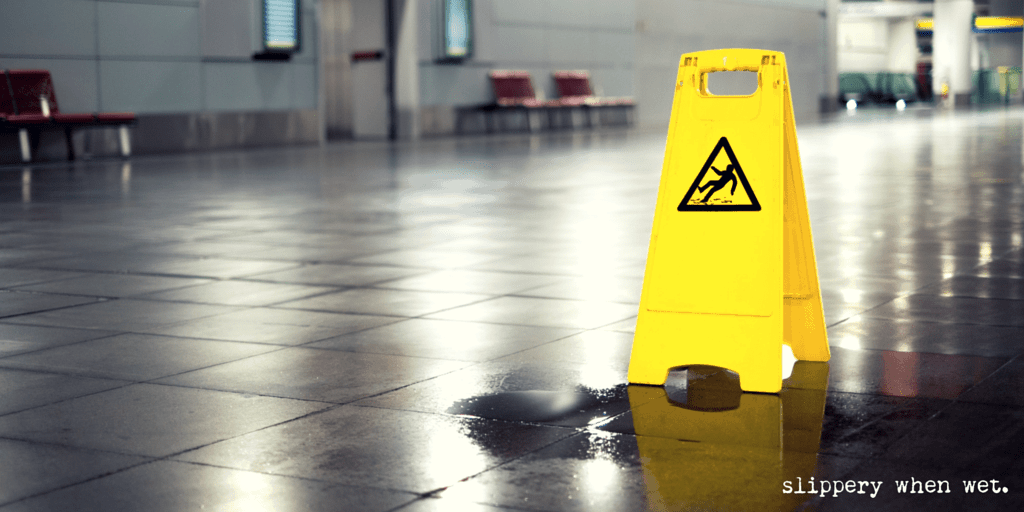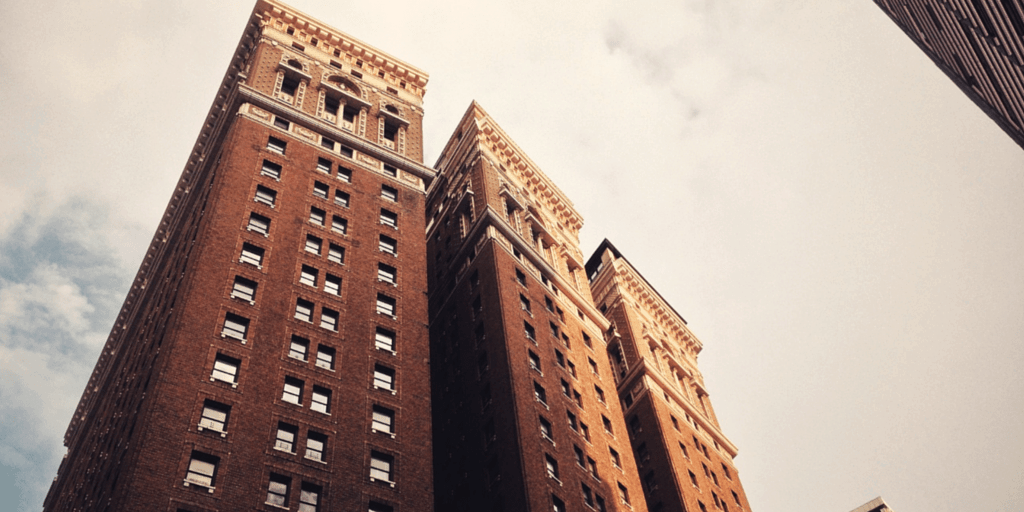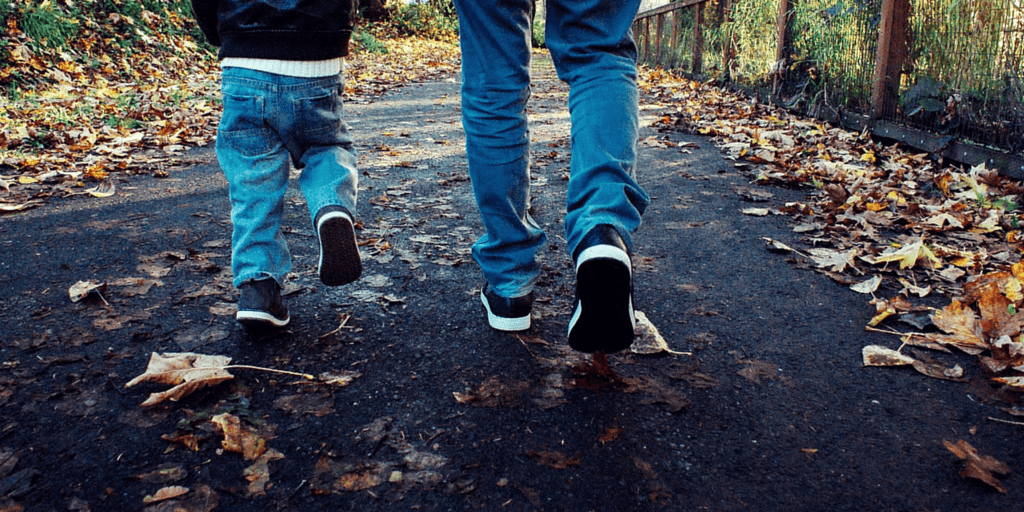 Sometimes you slip on a wet floor. Other times you trip on a piece of torn carpeting. Maybe you slipped on a patch of ice walking into a building. The truth is, accidents happen all of the time.
Sometimes you slip on a wet floor. Other times you trip on a piece of torn carpeting. Maybe you slipped on a patch of ice walking into a building. The truth is, accidents happen all of the time.
When many people hear about ‘slip and falls,’ they often make many assumptions. The truth is that while accidents happen (and people ‘slip and fall’ all the time,) a lawsuit claim is only considered valid under certain circumstance.
Read more about common accident myths HERE
Many people assume that because ‘slip and falls’ happen quite frequently, cases are only brought by individuals looking to profit at the expense of others. While it is certainly true that every rule can be abused, ‘slip and falls’ are part what lawyers call “premises liability.”
These sorts of cases can be complex. In most cases, the court looks at three things. There is no magic formula to determine fault in these matters, which is why finding an injury attorney is critical. However, generally speaking, you and your attorney must prove that:
- The accident was caused by a condition that was clearly dangerous
- The dangerous condition was unforeseeable by the injured party- meaning that people have an obligation to be aware of and avoid obvious dangers
- The landlord/property owner knew of the dangerous condition
Accidents happen, and people slip and fall all the time. In order for the claim to stand, however, the landowner must have contributed to the problem. (It’s possible to contribute to a problem by doing nothing, lawyers call this negligence.)
It also wouldn’t be OK for you to go around suing every property owner with deficient carpet. In fact, a ‘slip and fall’ claim without an injury won’t go very far. ‘Slip and fall’ injuries vary with the nature and severity of the accident. Some common injuries are broken backs, bones and cuts.
The accident must have been caused by the action or inaction of the property owner. One common example might be a landlord who fails to fix a chip in the stairs in your building. Some other common examples include torn carpeting, wet floors, torn carpeting and uneven flooring.
 Cases are often brought against ‘big box’ retailers (like grocery stores or chain stores,) when they neglect to fix a tripping hazard like a torn carpet. Cases brought against residental homeowners most often are the result of decisions like ignoring an icy sidewalk after a winter storm. We all share some measure of responsibility in keeping our community safe.
Cases are often brought against ‘big box’ retailers (like grocery stores or chain stores,) when they neglect to fix a tripping hazard like a torn carpet. Cases brought against residental homeowners most often are the result of decisions like ignoring an icy sidewalk after a winter storm. We all share some measure of responsibility in keeping our community safe.
Your attorney might find that the landlord/property owner created the dangerous condition. Your attorney could also find that the property owner knew the situation was dangerous, and made no action towards fixing the problem. It is a sad thing to have to say, but this happens much more likely than you might think. If the danger is that obvious, any reasonable owner should have been expected to notice.
You will want to begin your attorney search as soon as you initially get out of the hospital. There are time limits for when claims are filed. ‘Slip and Falls,’ like many premise liability cases, often become complex legal matters. That’s why if you or someone you love has been injured through the fault of someone else, you should seek the counsel of an attorney right away.
Check out our guide to Denver Attorney Reviews HERE

